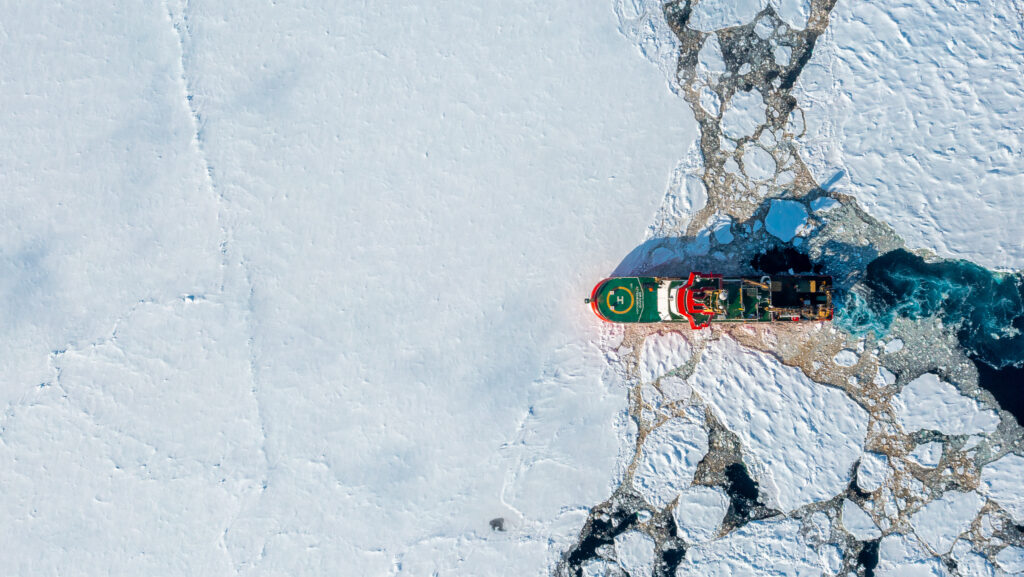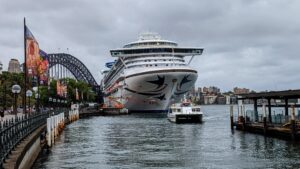First Antarctic science mission on polar ship departs

A team of international researchers has set sail on the RRS Sir David Attenborough to answer questions about how Antarctic ecosystems and sea ice drive global ocean cycles of carbon and nutrients.
It’s thought the results of the research will help in the understanding of how the Southern Ocean is being affected by environmental change.
The £9m BIOPOLE project is the first official science cruise of the UK’s new polar research ship, which departed from the Falkland Islands for the Weddell Sea with a team of 12 researchers onboard comprising physicists, ecologists and biogeochemists.
During the mission, which is taking place in early December (2023), the team will investigate how the upper ocean changes in response to the annual melt of sea ice. Polar ecosystems are synchronised with the seasonal sea ice cycle – and are said to play a crucial role in regulating cycles of carbon and nutrients, both in the Southern Ocean and across the world via ocean circulation.
This process is poorly researched at present, and the team says improved knowledge is more pressing than ever following the visible, record-breaking low in sea ice extent this last Southern winter.
The BIOPOLE cruise will see the full capabilities of the RRS Sir David Attenborough put through their paces. The ship’s ability to break through sea ice means the team can sample both from open ocean and deep within the sea ice zone, traditionally a difficult place to conduct science research.
The cruise will include hydrographic surveys, conductivity, temperature and depth surveys, and using BONGO and mammoth nets to collect zooplankton. As well as over-the-side deployments, the BIOPOLE cruise will make full use of the state-of-the-art labs.
The team will also deploy three autonomous underwater gliders which will remain along the sea ice edge as it retreats over the coming months, collecting data over a longer period and wider geographical area. Two of the gliders have autonomous under-ice navigation modules, meaning they can travel 20-30km under the ice. These will be the first observations under the sea ice by these types of gliders in the Southern Ocean.
Dr Andrew Meijers, oceanographer and chief scientist on the cruise says: “We’re so excited to be the first science cruise on board RRS Sir David Attenborough. We’ve watched the ship being built, from the first bit of steel, and so to be the first team to use it to do science is such a privilege. BIOPOLE is, at its core, multidisciplinary and this cruise really puts that into practice.
“This mission is helping us to understand how climate change is influencing and affecting the Southern Ocean and, in turn, the rest of the planet.”
Main image: RRS Sir David Attenborough in sea ice. Photo courtesy of Jamie Anderson.










